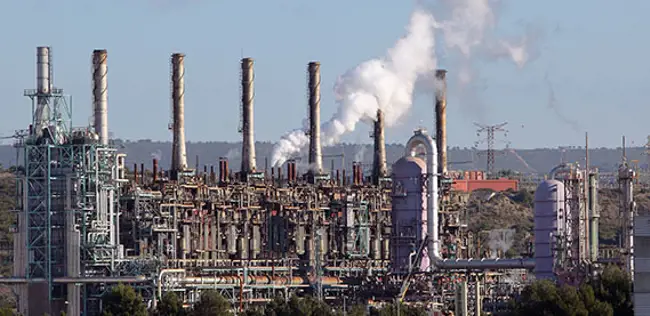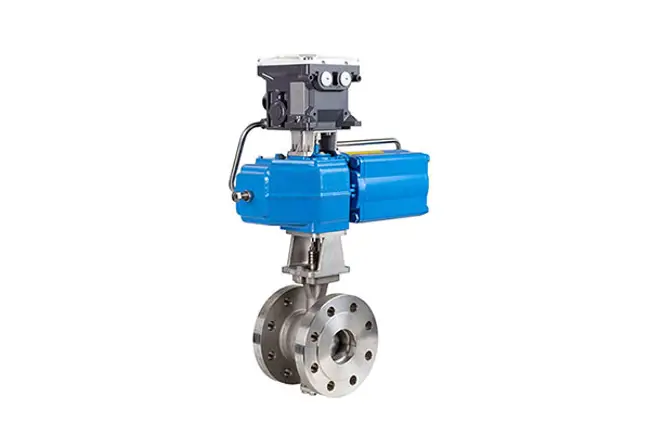Solving the flow control challenges in ethylene (Part 2) – Key applications and valve solutions
Apr 4, 2024
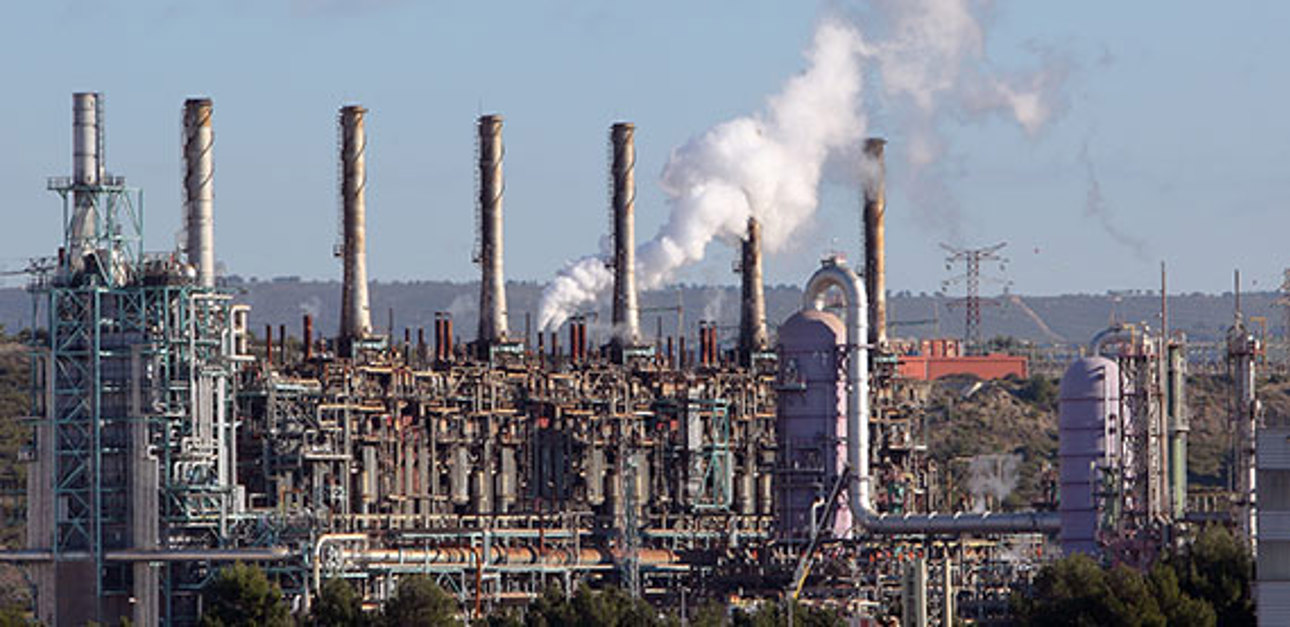
The first part of this blog took an overall look at the growing and evolving ethylene market, which is looking to ramp up production while simultaneously moving in the direction of ambitious net zero targets. In this second installment, we will look at some of the individual processes and applications and the role of valve technologies in helping achieve optimized performance.
Fuel gas
Proper combustion in cracker furnaces maximizes heat transfer and minimizes fuel gas consumption and related costs. Variations in fuel gas composition and different operating conditions at startup, during normal operation, decoking and at shutdown mean valves must control various loads, requiring valve rangeability. This is typically solved using a split range configuration with globe valves. Another solution is to use V-ported segment valves with wide rangeability. This enables accurate control of both small and large flows with a single valve solution instead of two globe valves.
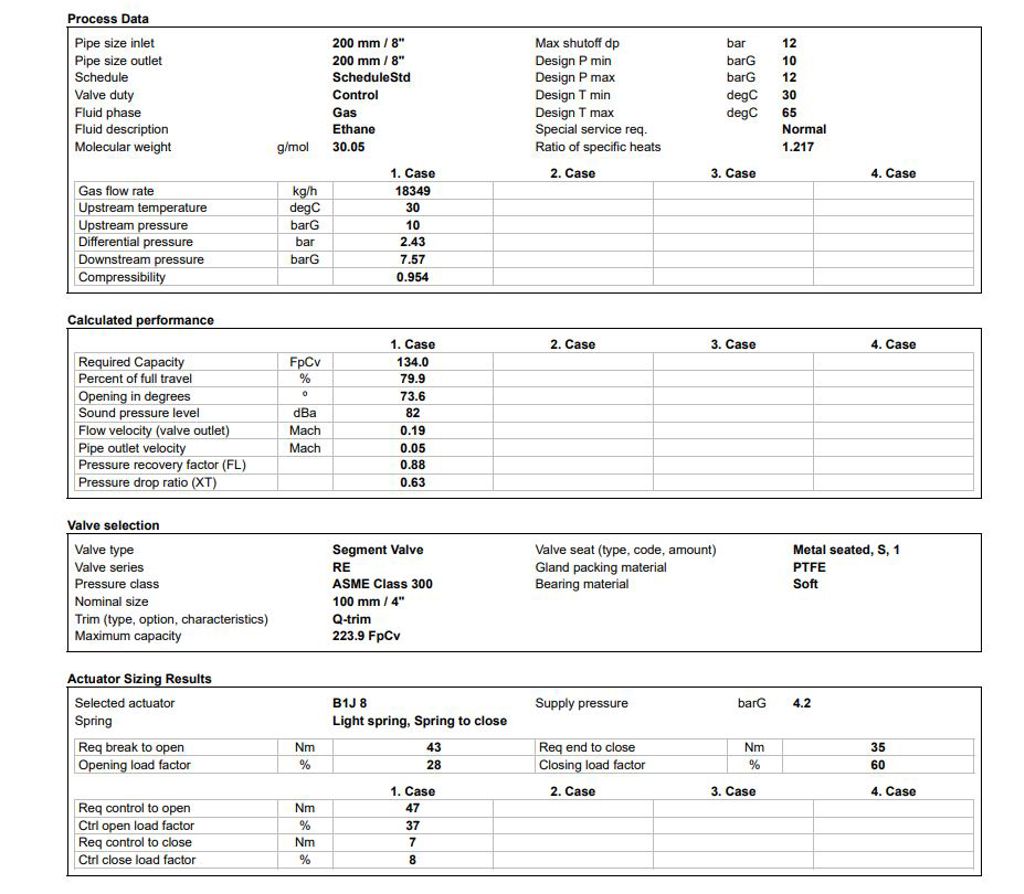
Figure 1: Q-trim V-port valve in the ethane feed control service.
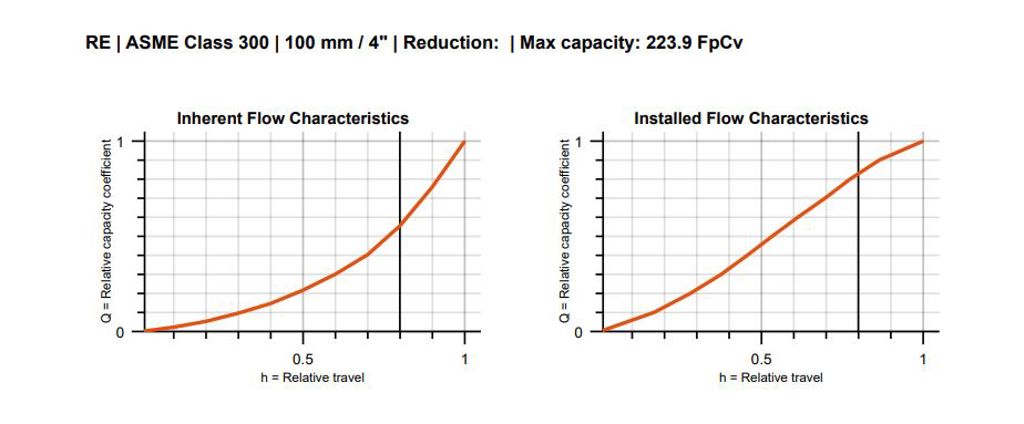
Figure 2: Q-trim V-port valve with higher rangeability allows control comfortably with a 4 in. valve.
Single-source supplier and manufacturing responsibility for all valve components – including the body, actuator and topworks for the ESD fuel gas burner system and on-off valves – is the key issue when assessing the operational availability of any valve solution. A certified assembly enables an easy startup and reliable shutoff when the furnace capacity needs to be adjusted, or a safety action must be performed in challenging process conditions.
The burner system valves are expected to remain fully operational and fulfill approvals over long periods. Third-party type approvals such as EN161/ISO 23553-1 mean that the whole valve, the actuator, and other components have undergone rigorous testing, which involves tens of thousands of open-close cycles and frequent seat leakage and fugitive emission controls. For example, a 1 in. valve needs to remain bubble-tight, even after 250,000 cycles.
Type-approved burner emergency shutdown and shutoff valves ensure that there will be no disputes with the authorities during commissioning inspection. Having approvals completed by the supplier can therefore help save time in plant startup and reduce inspection costs on site.
Compression and drying
In the compression zone, the feed is compressed in multiple stages, mainly because the compressor discharge temperature must be limited to 100 °C (210 °F) to prevent polymerization occurring. Condensates are recovered between each stage as they are formed due to the increase in pressure and the cooling following each compression.
There is a minimum capacity for each compressor at every speed, below which the operation becomes unstable. This instability is accompanied by a characteristic noise known as “pumping” or “surge” and occurs when the pressure at the outlet of the compressor is higher than that produced by the compressor, which causes the flow to momentarily reverse. The resulting violent oscillation of gas pressure can cause severe and costly damage to the compressor in a few seconds.
To avoid this, a bypass valve can be installed between the discharge of the compressor and the inlet. When higher pressure is detected at the outlet, the valve opens fully in less than a second to release the pressure to the inlet side. A compressor recycle/anti-surge valve is to recirculate the flow during startup, or when less gas is required.
Suppliers with a wide valve offering provide the ability to cope with all challenges and get the best performance. For high differential pressures, globe valves are the typical choice. For high rangeability, rotary valves may be used because of their high capacity. If the anti-surge is controlled by a split range with two valves, the valve with the lower differential pressure may also be a triple-offset butterfly valve.
After compression, water must be eliminated from the cracked gas before the gas enters the cold zone, because entrained water allows ice and gas hydrates to form once the temperature drops below 15 °C (60 °F), which may cause clogging. Drying is accomplished by utilizing molecular sieve beds. These beds must be periodically regenerated with hot gas. Usually, two to three beds are utilized, and switching valves are used to switch these beds between operation and regeneration.
Trunnion or seat-supported ball valves with scraping metal seats and “solids-proof” seat assemblies are the recommended choice for use in cracker dryers, where the valves face switching every 2–6 hrs; temperature swings from ambient to 350 °C (630 °F), and operating pressures of 20–50 bar (29–725 psi). These valves provide long-lasting seat tightness and particle buildup prevention – the scraping seats wipe off particles from the ball surface every time the valve is operated. Compared to conventional “rising stem” ball valves, rotary valves provide a compact, light and multiple piping orientation option for easy and economical engineering, commissioning, and simplified maintenance.
Cold zone and fractionation
The dried gas enters the cold box, where the temperature of the feed is decreased stepwise to separate different components from the feed. Usually, five stages are involved, and the gas exiting at the top has a minimum temperature of approximately (-165 °C).
The last stage yields a gas stream of approximately 95 percent hydrogen, which can be purified further in a pressure swing adsorption (PSA) unit. Other recovered fractions are sent to the cold separation train, which consists of a set of distillation columns. The exact configuration of the columns varies between steam crackers, but it commonly consists of a demethanizer, a de-ethanizer, an ethylene-ethane splitter, a depropanizer, a propane-propylene splitter and a debutanizer.
The majority of the valves in cold zone fractionation can be considered “off-the-shelf” items, where the choice should be made according to size, pressure class and temperature as usual. Control valves in a refrigeration system require special attention. Enhanced binary refrigerant – a mixture of methane and propylene or propane in either gas or liquid state – creates the challenge of high pressure drop, where noise and cavitation may be an issue, combined with a low temperature, from -60 to -150 °C (-70– -240 °F).
The solution for demanding refrigeration high pressure drop valves is to select a balanced plug globe valve with a multistage trim for pressure reduction that eliminates noise and cavitation effectively. The valve must be suitable for cold temperatures.
Conclusions
In its quest for net zero, the petrochemical industry and more specifically, ethylene production, will have to get more environmentally friendly. While electrification of crackers is one path forward, until this technology matures and is financially viable, conventional steam cracking units will still be operational – consequently, valves need to contribute to decarbonization and energy efficiency.
Tried and tested valve manufacturers with field-proven global references over decades – with single source responsibility for the complete assembly – will be trusted partners in working toward meeting these objectives. A wide valve offering with application-specific seating and coating solutions, as well as an optimal mix of rotary and linear control solutions enables efficient selection.
Added purpose-built digital controllers with enhanced pneumatic capacity and comprehensive easy-to-interpret diagnostics will support process licensors, project engineering consultants and end users in managing meeting their efficiency, quality and safety goals, while minimizing both CAPEX and life cycle OPEX.
Text by Lindsay Coutinho, Director, Refining & Chemicals, Valmet Flow control business line.
Read more
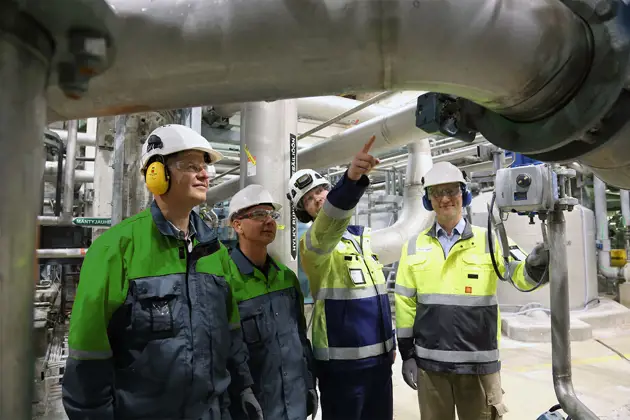
Subscribe to our newsletter
Subscribe now to our 'Go with the flow' newsletter and receive the latest insights directly to your email.
Subscribe

